![[Poe sketch]](/images/made/images/uploads/Poe-sketch-August-12-2014_580_385_c1.jpg)
Description
Derived from the Greek word θέατρον meaning "a place for viewing," and θεᾶσθαι meaning "to behold," theater performances have captivated audiences for centuries. Dating back to the 6th century BCE in Ancient Greece, theater was a common form of entertainment and one that has lasted up to the present day. Although different in terms of execution and content, cultures around the world have taken theater and stage production and transformed it. There are many elements that go into setting up and making a stage performance come to life. Be it through set design/construction, props, makeup and costumes, and production of posters and playbills for promotional purposes, the theater offers a variety of outlets for illustrative art.
Working with directors, producers, and production and stage managers — among others — artists and designers work together to transform the stage into a place that engages the actors and audience. The set designs that are created and developed for theater performances allow for an immersive environment that helps the audience transition into real or imaginative worlds. Artists like Tim Yip, Carl Sprague, Es Devlin, Hilary Knight, and Frank Verlizzo have played an important role in creating and developing astounding worlds that immerse the audience in the story being told on stage.
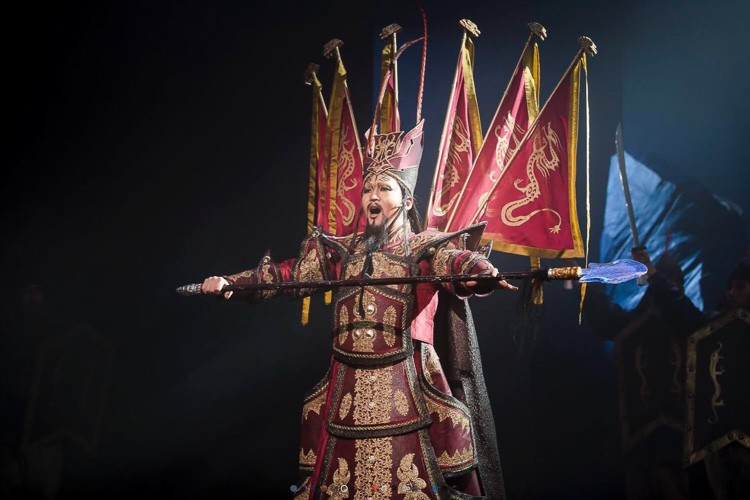
Fig. 1. Tim Yip, costume design for Farewell My Concubine at the National Theater of Korea.
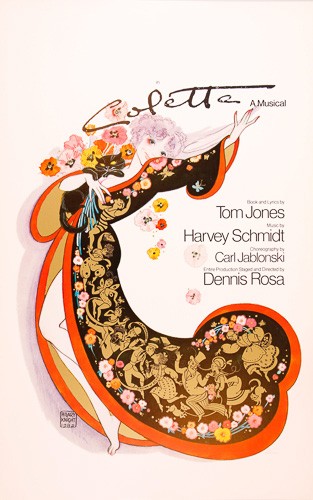
Fig. 2. Hilary Knight, Broadway poster for Colette, Collection of the Artist.
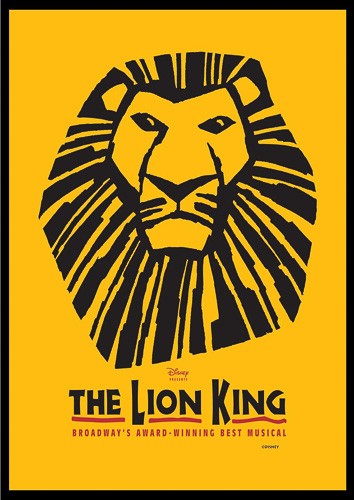
Fig. 3. Frank Verlizzo, Broadway poster for the musical The Lion King.
Other varieties of stage performance such as opera and puppetry are no exceptions. Both performances immerse the viewer into a world different or separate from their own. Perhaps not as widely recognized as plays or musicals, opera and puppet performances utilize the same creative thinking and outlet as any other stage performance. Artist Tony Sarg, illustrator as well as puppeteer, is often regarded as the father of modern American puppetry. His puppetry work has inspired and influenced hundreds to enter the field.
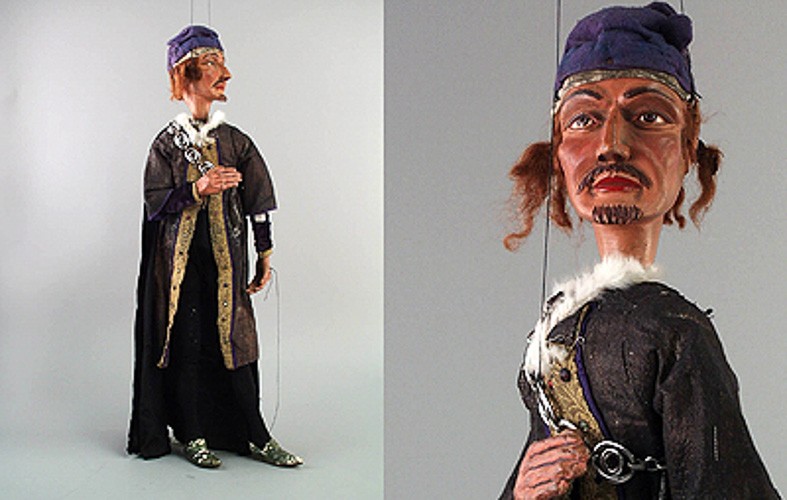
Fig. 4. Tony Sarg, Mayor of Nothingham, Marionette for production of “Robin Hood,” 1939. Collection of the International Puppetry Museum, 257 NA 256.
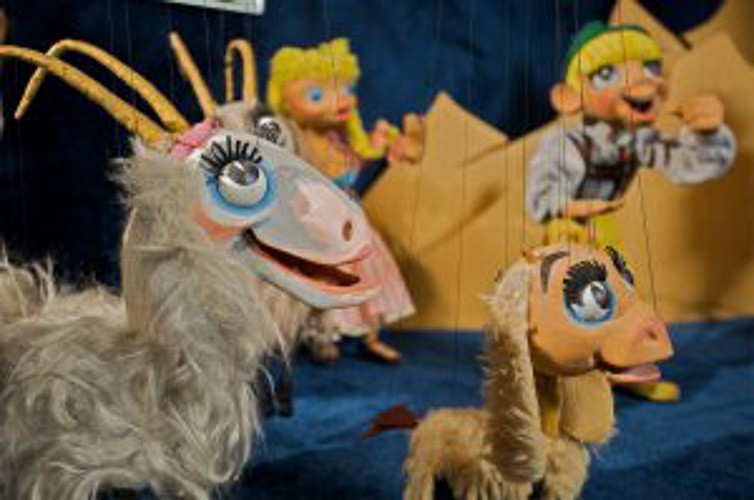
Fig. 5. Bill Baird, Marionettes for the “Goatherd Scene” in the movie The Sound of Music.


![[Poe sketch]](/images/made/images/uploads/Poe-sketch-August-12-2014_60_60_c1.jpg)






















